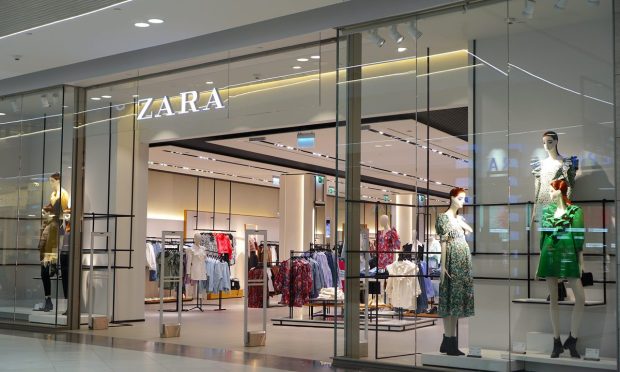Zara Limits Free Returns to in-Store Only, Reports No Impact on Sales

Not unlike the retail industry itself, the longstanding “free shipping, free returns” eCommerce business model is in the throes of evolution.
After normalizing and nurturing the growth of online apparel shopping for the past 20 years, a mix of rising expense, inventory disruption and environmental impacts is causing more and more retailers to rethink a policy that has served them well, but also cost them dearly.
The latest big-name player to revise their policy is fast fashion giant Zara, as the biggest brand within the empire of the world’s largest apparel retailer by sales, Inditex, is now charging customers the equivalent of $2 to $4 if they want to return items by mail.
“We now have this policy in 38 markets,” Inditex Capital Markets Director Marcos López told investors last week on the company’s Q1 earnings call, noting that a trial that began in South Korea at the end of last year has been well received.
“The impact so far has been positive in the sense that there is no impact on sales,” López said, adding that both returns to stores, customer satisfaction and sales have all risen. “So clearly, we believe that this is a process that may continue over time to make our industry more efficient and more sustainable,” he added, although no official companywide policy has been announced.
The Rise of the In-Store Return
By getting customers to return merchandise directly to a store, retailers not only save a bundle of money on high and rising freight costs but shave a ton of time from the process of getting goods back on shelves again as fast as possible, a benefit that is almost immeasurable for seasonal items.
In addition, the benefit of driving foot traffic to your stores is also significant. Although little data is available that details how many customers go on to make another purchase while they’re in store returning something, or if these subsequent purchases exceed the value of the original one, most retailers would likely agree that having customers in-store with cash in hand, is a winning formula.
To accommodate this new flow of commerce, and to make this leg of the customer journey a smooth and positive experience, Zara and others have had to rethink and retool their physical locations.
For example, Inditex CEO Oscar Garcia Maceiras told investors that the company’s Zara location in Madrid’s Plaza de España — the largest Zara store in the world with a fleet of 2,000 locations — was integrating a range of new digital shopping features to serve the changing needs of the modern shopper, providing what he called “a complete digital experience.”
“Customers can use the [app] to geolocate products, to reserve fitting rooms, to use self-checkout through Pay & Go, and to employ Click & Collect points for online orders, or to use silos [kiosks] for online returns to the store, and finally, customers are able to use clothing recycling points which help us to push forward in terms of circularity,” Garcia Maceiras said.
Taken together, he said, all of these factors offer customers “one of the most advanced store experiences anywhere today” while bolstering the advantages of a fully integrated digital approach.
Integrate vs Alienate
While many retailers have balked at tinkering with the “free shipping, free returns” model as it has been shown to be a make-or-break deciding point for many consumers, the experience of Zara and others has cast doubt on that long-standing issue.
At the same time, industry watchers point out that the delivery side of that deal is also facing a growing number of stipulations, such as minimum purchase amounts, that further limit the free portion of the perk.
While shipping and delivery time and cost will always be a point of competition among retailers, it is far from the only issue driving customer buying decisions these days, as inflation has put renewed pressure on pricing and supply chain constraints have put a premium on the value of in-stock inventory.
As far as Zara and its fast fashion rivals are concerned, both H&M and Uniqlo also charge U.S. customers a $6 and $7 respective fee if they chose to make returns through the mail, versus bringing them into a store and doing so for free.
